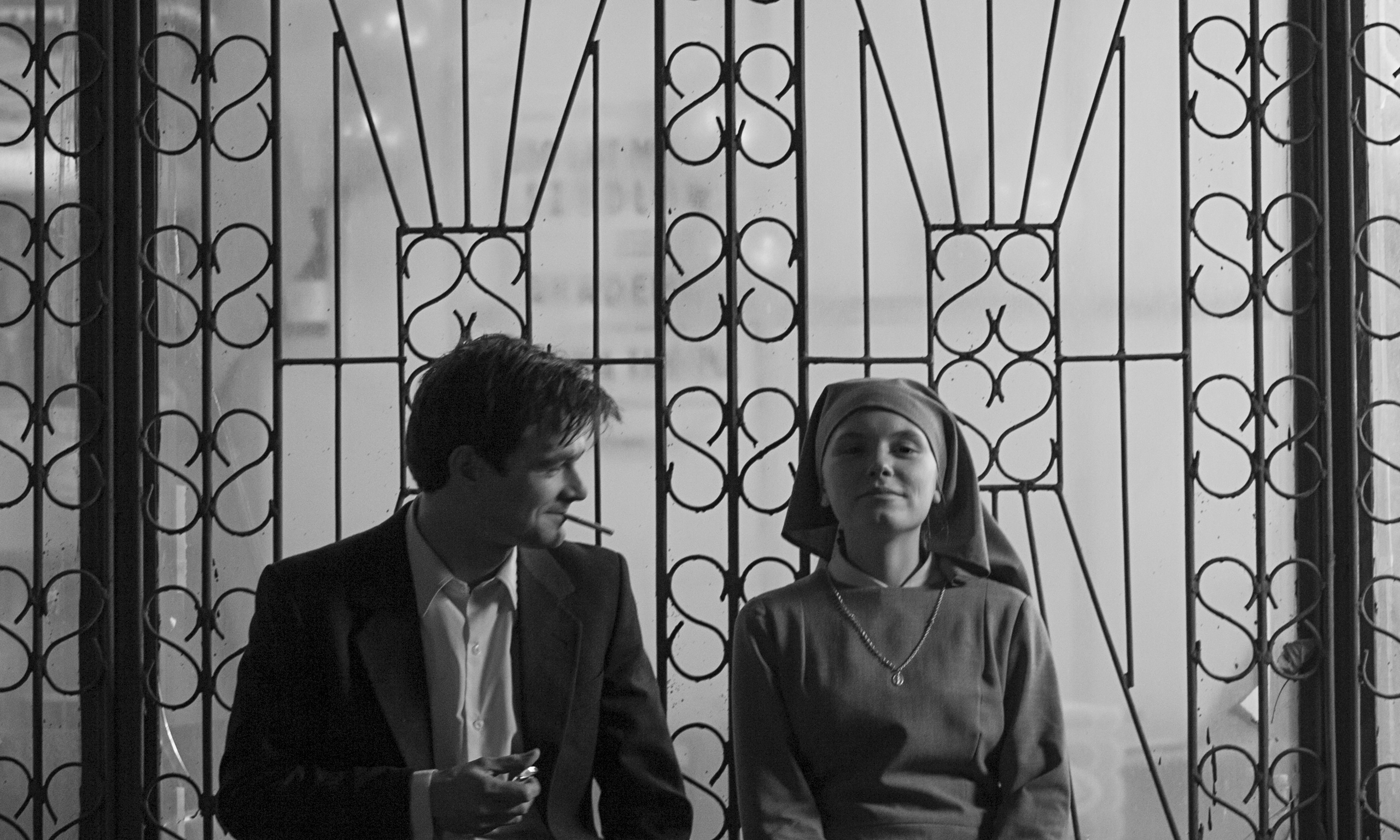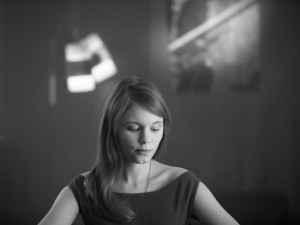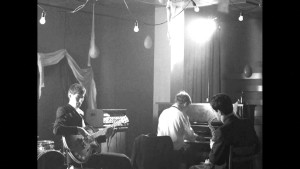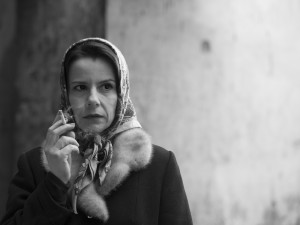In a film environment defined by fast pace, quick cuts, compulsive dialogue and music prompting our emotional responses, Ida’s stillness comes almost as a shock. Apart from the last two scenes, the camera doesn’t move, and the scenes are one take, invoking a state of contemplation.
The important scenes do not arrive with bells, whistles or music to arouse expectations. The raw emotion comes unadorned, unannounced and hard hitting.
From the opening scene, the film is a continuous display of perfect frames, worthy of gallery spaces. Pawlikowski’s use of light and austere surroundings makes for a constrasting backdrop for Ida’s beautiful and innocent features.
Why black and white
There is no doubt that the choice of black and white adds to the severity of the film’s atmosphere. Pawlikowski says he imagined the 60s in black and white, and thought the monochrome limitations would better suit the film’s intentions: ‘a little abstract, timeless, more of a meditation than a story’, he says in an interview with The Film Stage.
I wanted to limit the field of vision and information and to make people watch it in a different state of mind, to contemplate rather than follow a gripping story — hopefully it is quite gripping, too — but I wanted to give the audiences a certain state and it helped me to do it in black and white.
Minimalist dialogue to match
The austere ambience is matched by minimalist dialogue. Pawlikowski’s use of dialogue is again, in contrast to what we usually see in mainstream films. There is no waste of words and scenes often start half way into a conversation, revealing only essential exchanges that advance the plot.
I don’t want to make a film that “tackles history,” God forbid. As soon as you start explaining, not only do you have bad dialogue because it’s full of exposition, but also it’s like a very partial explanation. In cinema, emotional truth and psychological truth is much more important.
The characters in Ida don’t talk about what they feel or what they think. Pawlikoski trusts them and the story to relay emotion and his trust pays off.
With all these minimalist techniques, you might think that Ida is ‘stay away’ kind of film. Nothing could be further from the truth and there is a reason why awards and audiences flocked to it. Join us next Sunday at 2.30pm to see it. Get your pass now.



